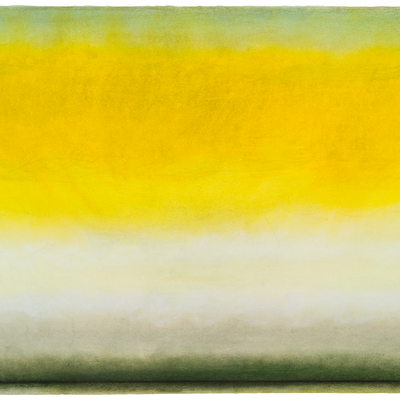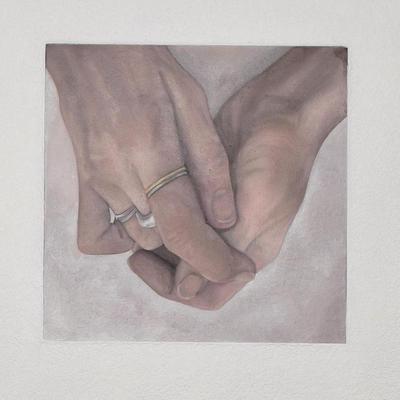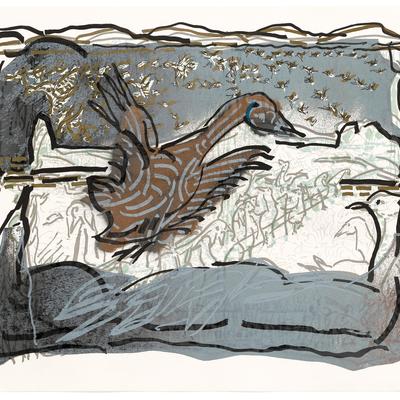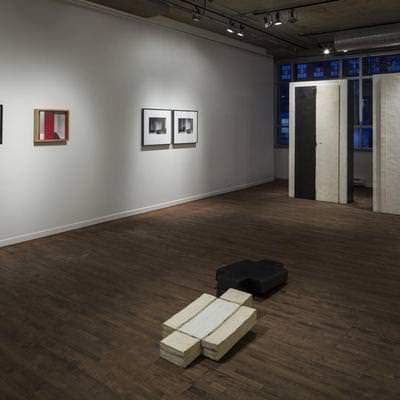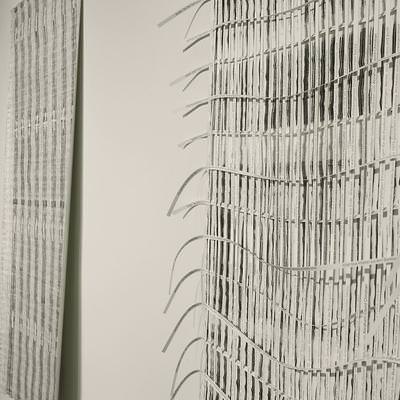This exhibition is the first retrospective look at the artist’s early drawings and prints in the 1960s, in which the recurring use of the square first appears in her work. It includes the mythical boxes and assemblages which contributed to Irene F. Whittome’s exhibition career and illustrates the importance of the square motif, and by extension that of the box, throughout her career.
The work on exhibit in our gallery in November-December is discussed by the art historian Anne Bénichou in a rigorously analytic essay included in a major catalogue published to coincide with the exhibition’s opening. This 110-page monograph with more than forty colour illustrations convincingly reveals the two motifs so dear to the artist and situates them in the historical context of European contemporary art in the 1960s and 70s. We discover the important influence of the Documenta 5 event in Kassel, Germany in 1972 on Irene F. Whittome’s entire career, especially on what Anne Bénichou describes as the ‘metaphor of the museum’ apparent in many of the artist’s works of the period.
Accumulation and repetition, in the work of Irene F. Whittome, led her to create large series of works of which the boxes are examples, and especially sculptural work, or assemblages, entitled The White Museum, which contributed to her fame in Canada and abroad. These works are on exhibited and available for purchase, along with drawings, prints and the photographs which were a part of these magnificent and renowned works.
More than sixty works are on exhibit, including Irene F. Whittome’s most recent pieces (the ADN series) dating from 2005 and created using the digital techniques she has been applying extensively since her major exhibition Bio-Fictions at the Musée national des beaux-arts du Québec in 2002.
